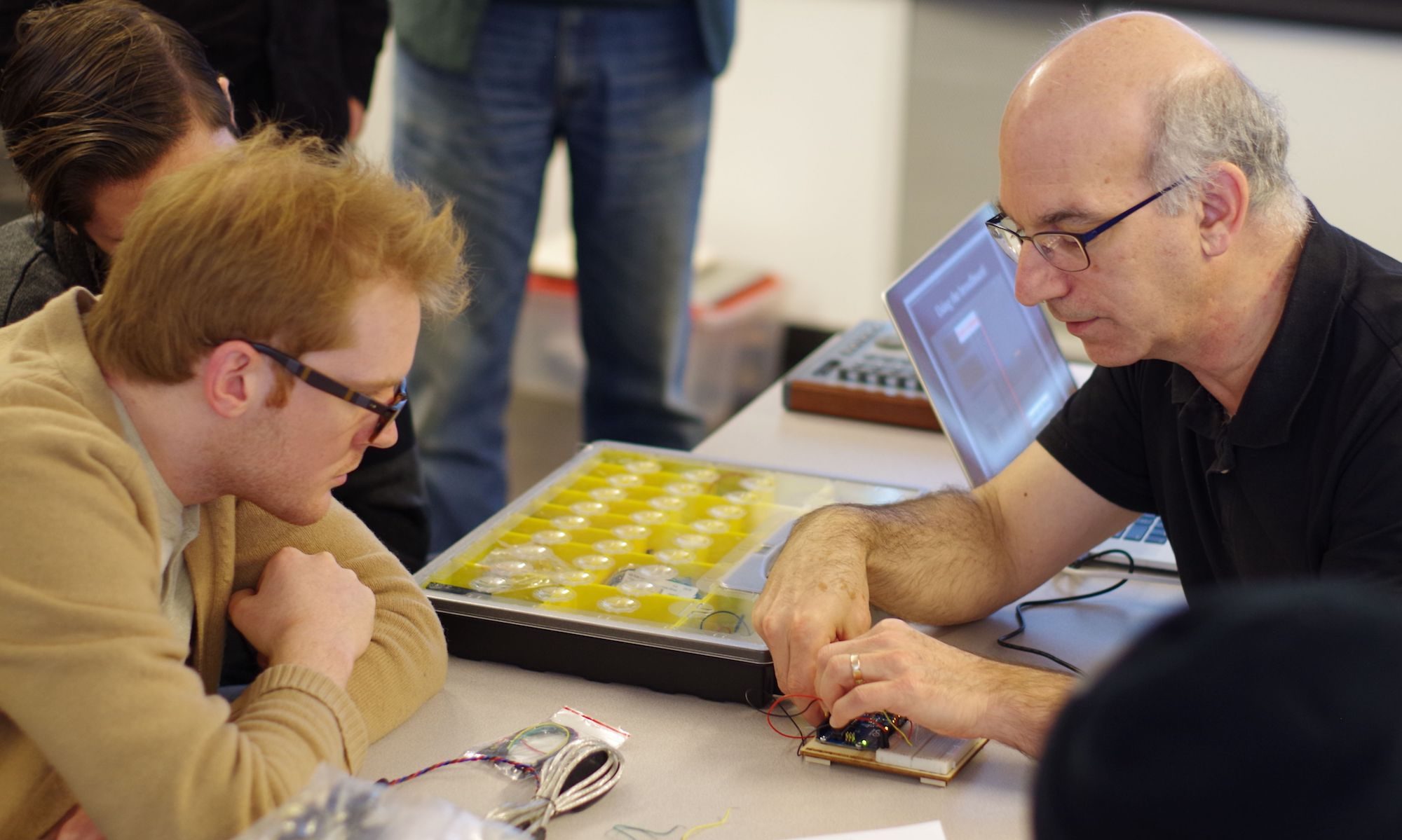VPS Virtual Proofing Software was the first application I designed at Creo. Its single task was to preview to users that the front and back of signatures would properly line up with each other in a CTP Computer-to-Plate environment. When prepress was based on film, staff could hold up film to the light and look through it to ensure things like registration marks lined up. With digital prepress and platemaking, prepress staff had no visible way to preview the printing plates and anticipate their alignment, so we developed a software approach. The initial version of VPS in 1995 was single-color, Mac only, and was analogous to a two-sided single separation “blueline” that was created in prepress for many years.
In 2003 this application was re-written for Mac OS X to including variable transparency of both ink and of paper, to allows the prepress operator to be sure that the printed output would line up in the way they visually confirmed in film workflows.
As the UX designer, I insisted on one particular feature, one that experience had shown me had to be put in the very earliest of iterations of the app, as it was core to the architecture. That feature was continuous incremental background refresh. Because a printed sheet could be up to 44″ wide, and given current display technology and memory it wasn’t possible (at the time) to load the entire set of 1-bit images into memory. We had already designed the TIFF file format to be broken into “tiles” of several hundred pixels across and down, so the app had to calculate from the window size and zoom level which tiles would be visible and only draw those tiles. The tiled TIFF file was indexed so any tile could be randomly accessed and read in isolation. The initial design required that if the user dragged the image, any loaded tiles had to remain visible and scroll with the mouse, while newly uncovered tiles would be drawn in white, then on mouse-up all the visible tiles would be drawn. Even on early Mac OS X though, the event loop speed with QuickDraw was so good, that we could background draw new tiles even while the mouse was down and scrolling, producing a continuously updated view that exceeded my expectations, and has only gotten faster with the advance of CPU speeds. It’s one of those features users don’t even think about, until it is pointed out to them.
I also designed several unique time-saving user interface features in VPS that boosted prepress productvity, including:
- variable transparency sliders that let the user vary the opacity of the medium, serving both as an on-screen proof and also enabling checking of back-up by making the media appear transparent.
- key accelerators for common tasks
- option/ctrl/shift key accelerators that alternated visible layers.
- shift-click turns on or off all separations
- option-click changes the state of all other separations to the opposite of this one, providing a way to click though each separation in seconds.
- auto sort the many files required (4+ colours * 2 sides) using TIFF-metadata to avoid the user having to select and order the files manually
- a zoom optimization using pixel averaging in a manner that was cross-platform, consistent and fast
Demos of VPS 2
Around the same time, Apple introduced iTunes for Windows, we were inspired to do the same and ported VPS to Windows as well as Macintosh.
![]()


on Resolution is a huge pet peeve of mine. No matter how much or how often I explain resolution, and why a 200px square internet image will not work on a trade show booth or poster they still send those to use. And then I have to start explaining why you can’t just pull someone’s image off the web to use . . .sigh.